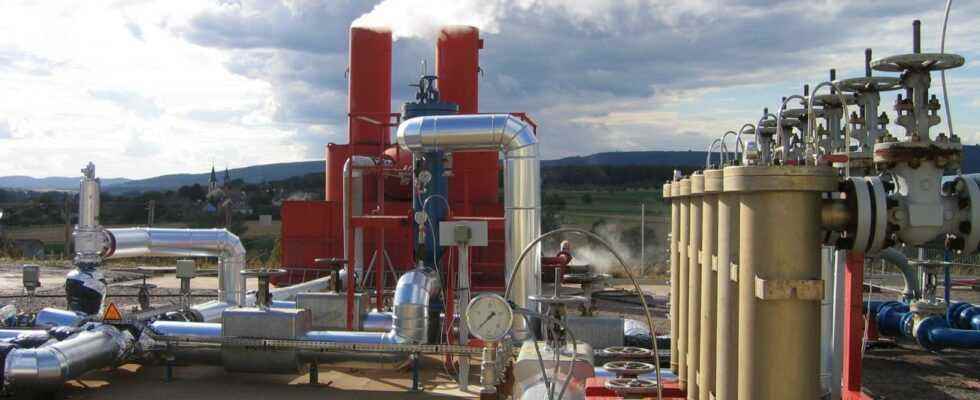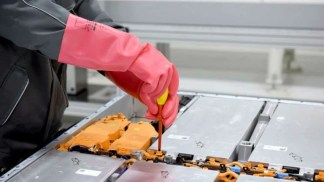The European group Stellantis (resulting from the merger between PSA Peugeot-Citroën and Fiat Chrysler Automobile) announces that it has invested 50 million euros in the company Vulcan Energy. The latter promises to exploit a carbon-neutral lithium deposit in Germany in the years to come.
The great challenge of the moment for car manufacturers is to succeed in finding enough lithium in order to maintain a sustained production rate. Lithium is indeed the basis of the batteries of electric cars. The task is difficult because of an exponential demand, but also because of the geographical distribution of lithium mines. Production is mainly done in Australia, South America and China in conditions that are not necessarily ecological, with a great need for energy. But that should change in the coming years.
The Stellantis group (Peugeot, Citröen, Fiat, Jeep, Opel, Maserati, etc.) announces that it is now Vulcan Energy’s second largest shareholder, behind its founder, Francis Wedin. All this thanks to a check for 50 million euros for 8% of the shares. Other manufacturers also believe in the project, such as Renault and Volkswagen, which have signed supply contracts. And we understand better when we discover the ambitions of this Australian company.
Extract lithium while producing energy
The idea behind Vulcan Energy is to produce lithium in the cleanest way possible. For this, it is not a question of a mine strictly speaking, but of a deposit of geothermal brines. This makes it possible to extract lithium… while producing energy! And it is precisely this energy that is used for the extraction of lithium. Enough to allow the company to move forward a neutral carbon footprint for lithium mining.
For the moment, the Australian company already has a brine deposit in Germany (in the Rhine Valley) which it operates solely to produce energy. All that remains is to connect the necessary equipment to it to separate the lithium from the brine in order to be able to use it to produce batteries for electric cars.
German lithium from 2026
The agreement signed between Stellantis and Vulcan Energy provides for the delivery of lithium hydroxide until at least 2036. When signing a first contract in 2021 and before becoming a shareholder, Stellantis was counting on 81,000 to 99,000 tonnes delivered between 2026 and 2031. In the United States, Stellantis has entered into a partnership with Controlled Thermal Ressource for the exploitation of a similar deposit.
This lithium “mine” should start production in 2026 and this is good news for the entire automotive industry, but also for consumers. Bringing lithium production closer to where electric cars are made should reduce lead times and costs. Vulcan Energy suggests a cost of lithium divided by two, compared to an open pit mine or evaporation ponds.
Other projects are underway in Europe, whether in the form of an open-pit mine or in the form of a deposit such as for Vulcan Energy. The latter have the advantage of having a much higher social acceptability, since they occupy little space and disfigure the landscape less. Renault is advancing for its part a reduction of 300 to 700 kg of CO2 during the manufacture of a 50 kWh battery thanks to the German deposit.
Europe could put spokes in the wheels
What could slow down lithium production projects in Europe is the recent proposal by the European Chemicals Agency (on a request from the French ANSES) that the European Commission classifies lithium as a product at risk. The reason: a suspected danger to fertility and a proven danger to fetal development. The European Commission should make its decision within the year. A classification of lithium as a product at risk could indeed add constraints on its production. Unless the Commission concludes that there is no danger during the various lithium extraction processes. A highly mechanical process.
To follow us, we invite you to download our Android and iOS application. You can read our articles, files, and watch our latest YouTube videos.


